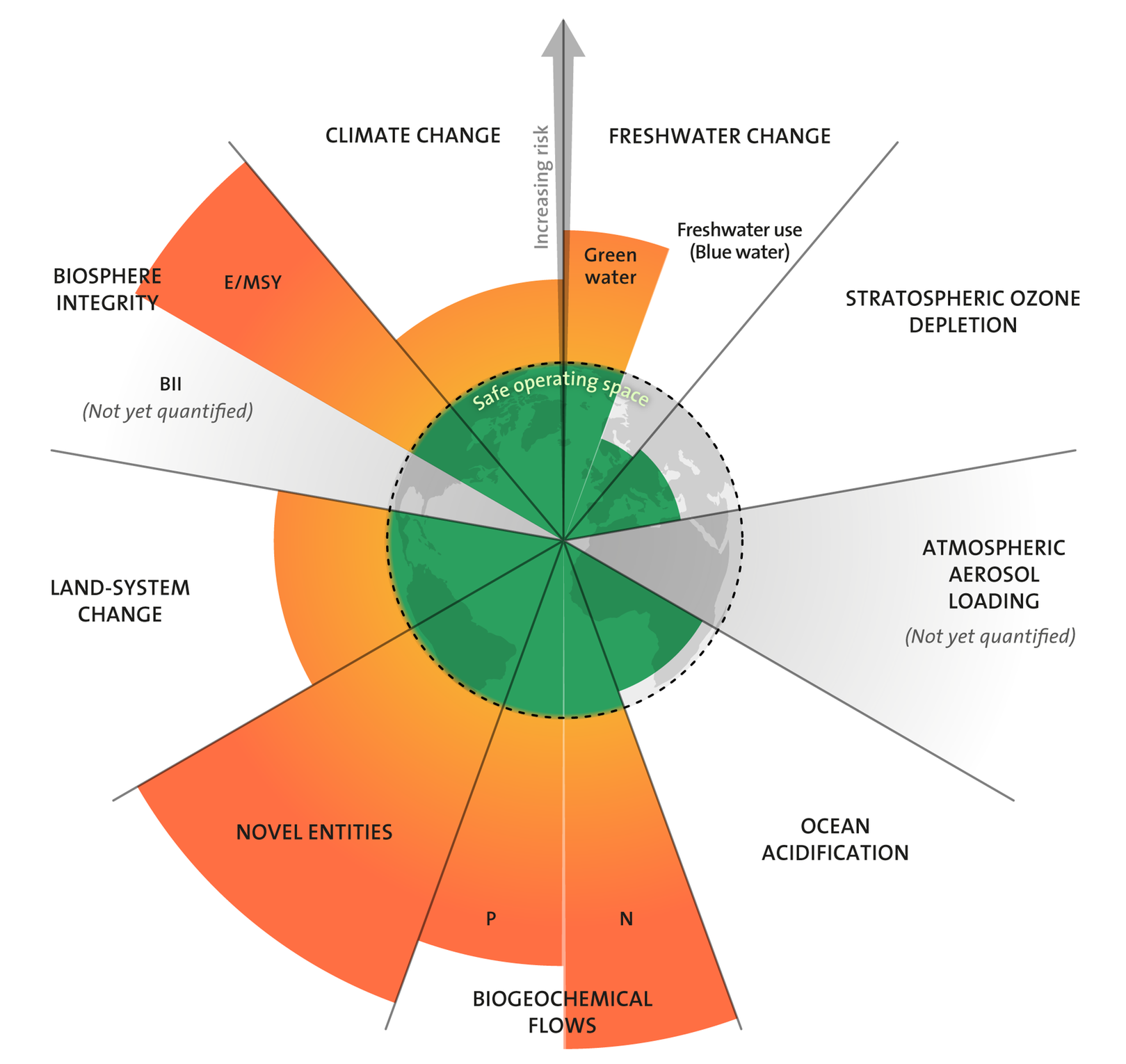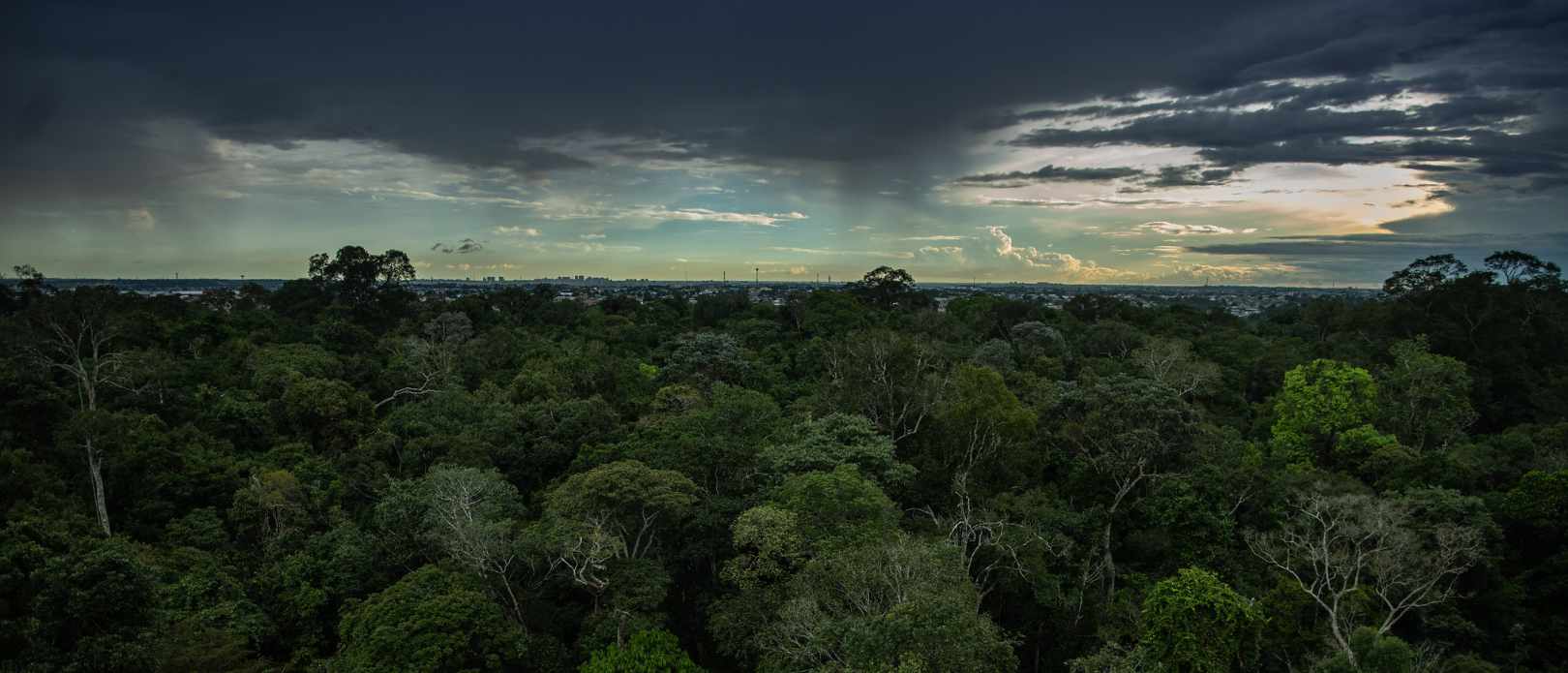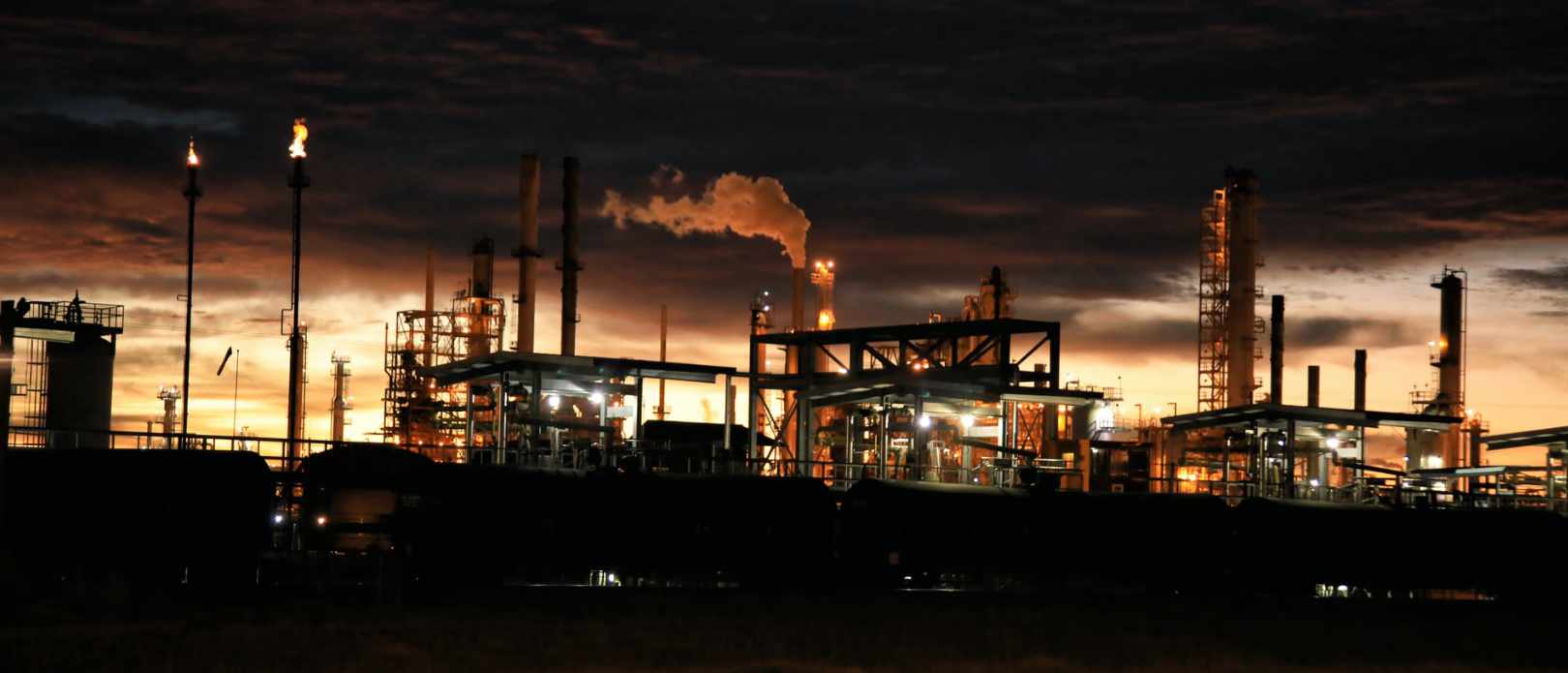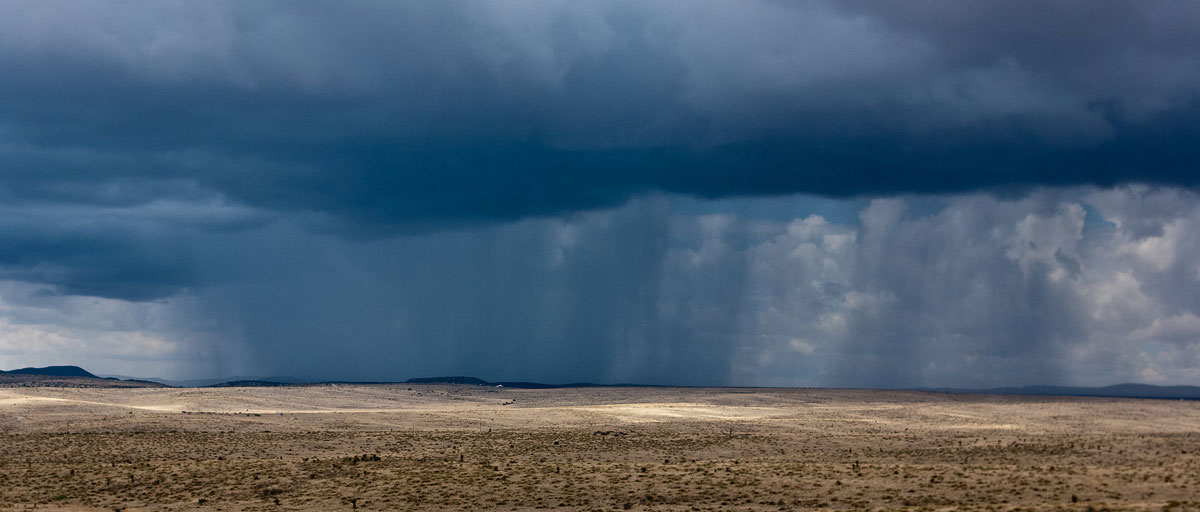PLANETARY BOUNDARIES
Freshwater boundary exceeds safe limits
New assessment reveals dramatic changes to the global water cycle, with parts of the Amazon drying out
• Reassessed planetary boundary for freshwater includes “green water” – rainfall, soil moisture and evaporation
• Green water is considered to be outside safe zone of Holocene-like conditions based on global changes to soil moisture
• Green water links the freshwater boundary tightly to other planetary boundaries such as land use, biodiversity and climate
ALTERING THE BIOSPHERE BLOODSTREAM: A reassessment of the planetary boundary for freshwater indicates that it has now been transgressed, according to researchers from the Stockholm Resilience Centre in collaboration with colleagues from Germany, Netherlands, Finland, Austria, Australia, the US, and Canada.
This conclusion is due to the inclusion of “green water” – the water available to plants - into the boundary assessment for the first time.
Profoundly changing water cycle
The assessment, published in the journal Nature Reviews Earth & Environment, is based on evidence of widespread changes in soil moisture relative to mid-Holocene and pre-industrial conditions and green-water driven destabilization of ecological, atmospheric, and biogeochemical processes.
Water is the bloodstream of the biosphere. But we are profoundly changing the water cycle. This is now affecting the health of the entire planet.
Lan Wang-Erlandsson, lead author
No longer in safe zone
The planetary boundaries framework, published in 2009, demarcates a safe operating space for humanity. Water is one of the nine regulators of the state of the Earth system, and is the sixth boundary that scientists have assessed as being transgressed.
Other transgressed boundaries are: climate change, biosphere integrity, biogeochemical cycles, land system change and, in 2022, novel entities, which includes plastic and other manmade chemicals.
Until now, the water boundary had been considered to be within the safe zone. However, the original freshwater boundary only focused on extraction of water in rivers, lakes, and groundwater – known as “blue water”.

Amazon at risk
Now researchers have explored the water boundary in more detail. The authors argue that previous assessments did not sufficiently capture the role of green water and particularly soil moisture for ensuring the resilience of the biosphere, for securing land carbon sinks, and for regulating atmospheric circulation.
“The Amazon rainforest depends on soil moisture for its survival. But there is evidence that parts of the Amazon are drying out. The forest is losing soil moisture as a result of climate change and deforestation,” says Arne Tobian, second author and PhD candidate at the Stockholm Resilience Centre and Potsdam Institute for Climate Impact Research.
“These changes are potentially pushing the Amazon closer to a tipping point where large parts could switch from rainforest to savannah-like states,” he adds.
Risking thousand years stability
And it is not just in the Amazon. This phenomenon is global. Everywhere, from the boreal forests to the tropics, from farmlands to forests, soil moisture is changing. Abnormally wet and dry soils are increasingly commonplace.
"This latest scientific analysis shows how we humans might be pushing green water well outside of the variability that Earth has experienced over several thousand years during the Holocene period," adds co-author Johan Rockström, director of the Potsdam Institute for Climate Impact Research and a professor at Stockholm Resilience Centre.
The research team proposes that soil moisture in the root zone of plants is a useful control variable for green water. They specifically suggest that the green water boundary variable to be defined as the percentage of land where root-zone soil moisture exceeds the historical variability.
“Reducing Earth system risks of green water change now requires immediate water-wise actions to address climate change, deforestation, and soil degradation”, says Ingo Fetzer, a co-author of the study and researcher at the Stockholm Resilience Centre.
Wang-Erlandsson, L., Tobian, A., van der Ent, R. J., Fetzer, I., te Wierik, S., Porkka, M., Staal, A., Jaramillo, F., Dahlmann, H., Singh, C., Greve, P., Gerten, D., Keys, P.W., Gleeson, T, Cornell, S. E., Steffen, W., Bai, X., Rockström, J., (2022). A planetary boundary for green water. Nature Reviews Earth & Environment. https://doi.org/10.1038/s43017-022-00287-8
Free full text version available at: https://rdcu.be/cL78K
Questions?









